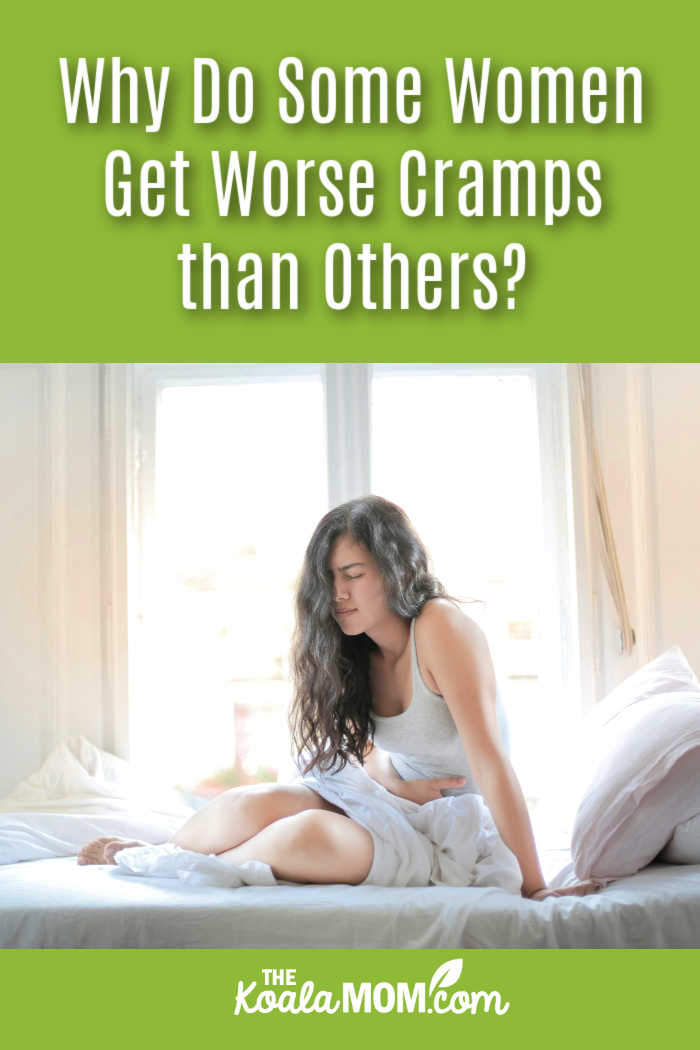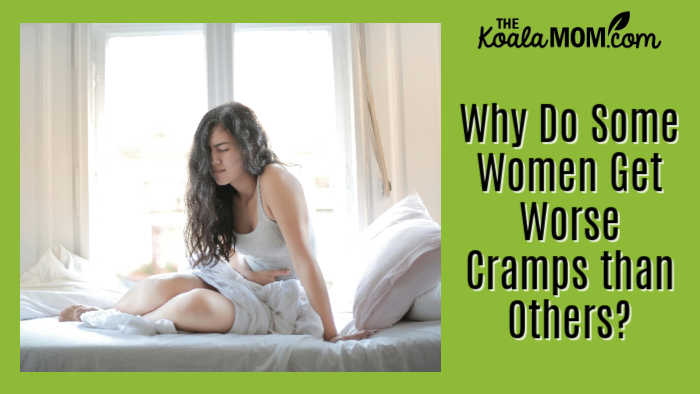Menstrual cramps are a common part of a woman’s monthly cycle, but how they’re experienced can be drastically different from person to person. While some feel mild discomfort that passes quickly, others deal with intense pain that disrupts daily life. These differences are the result of biological, medical, and lifestyle factors that influence how cramps show up and how severe they feel.
Managing symptoms often involves a combination of approaches, from heating pads and medication to dietary changes or supplements like FLO PMS vitamins. Understanding what causes period pain to be more intense for some women than others is an important step toward finding better relief and support.

The Role of Prostaglandins and Uterine Contractions
At the core of most menstrual cramps are prostaglandins, chemical compounds the body produces to help the uterus contract and shed its lining. These contractions cause the “cramping” sensation. When prostaglandin levels are high, the contractions can become stronger and more painful.
For some, these contractions are relatively mild and short-lived. For others, they can feel sharp, prolonged, or even radiate into the lower back or thighs. The amount of prostaglandins the body produces can vary from cycle to cycle, and higher levels are often linked with more intense discomfort.
How Do Underlying Conditions Make Cramps Worse?
Sometimes, cramps that feel more severe than usual may be linked to an undiagnosed medical condition. Endometriosis, for example, causes tissue similar to the uterine lining to grow outside the uterus, often resulting in extreme pain during menstruation. Adenomyosis involves the uterine lining growing into the muscle wall, which can also make cramps more intense.
Other conditions, like fibroids or pelvic inflammatory disease, can increase pain by affecting the structure or inflammation levels in the reproductive system. These aren’t always diagnosed early, especially if symptoms are dismissed as part of a “normal” cycle. Persistent or worsening cramps are worth discussing with a healthcare provider.
Genetics and Sensitivity to Pain
Genetic differences may also affect how cramps are felt. Some individuals naturally have a lower pain threshold, meaning they perceive discomfort more acutely. Others may have heightened nerve sensitivity, making them more likely to feel pain from otherwise typical uterine contractions.
This doesn’t mean the pain is exaggerated; it means the body processes it differently. Even without a diagnosable condition, a person’s genetic makeup can influence how strongly they react to common hormonal and muscular changes during the menstrual cycle.
Lifestyle Factors that may Influence Cramps
Daily habits can have a noticeable impact on how the body experiences period pain. High levels of ongoing stress can increase overall sensitivity to pain, while poor sleep may reduce the body’s ability to manage inflammation. Physical activity has been shown to help relieve cramps in some people by improving circulation and reducing muscle tension.
Diet may also play a role. Low intake of magnesium, omega-3 fatty acids, or other anti-inflammatory nutrients has been linked to more painful periods. Supplements and probiotics can help improve gut health, which can help balance hormones and overall health and reduce cramping.
Hormonal Imbalances and Menstrual Irregularities
Hormonal shifts are a key part of every menstrual cycle, but when those hormones become imbalanced, cramps can become more intense. High levels of estrogen or low levels of progesterone can make periods heavier and increase cramping. These imbalances may occur naturally, or they may result from conditions like PCOS or thyroid disorders.
When hormones are out of sync, the uterus may contract more forcefully or for longer periods of time. These changes can affect not just the intensity of cramps but also the length and regularity of the cycle itself. Addressing hormonal health can be an important part of managing period pain.
When Period Pain Signals Something More Serious
While some discomfort during menstruation is considered typical, period pain that interferes with work, sleep, or daily responsibilities shouldn’t be ignored. If cramps are severe, worsening over time, or unresponsive to common pain relief methods, they may point to an underlying condition that needs evaluation.
Other warning signs include excessive bleeding, nausea, or pain that occurs outside of menstruation. These symptoms may indicate something beyond primary dysmenorrhea, such as endometriosis or pelvic infection. A medical provider can help determine the cause and offer options for diagnosis and treatment.
Using apps to track your cycle and symptoms can help you identify when symptoms become a problem. These apps can also help you plan for your cycle; for example, if you know that you usualy cramp just before your period cycles or on your heaviest day of bleeding, then tracking can help you avoid planning intense activities for those days. Tracking your cycle may also help you see a link between stress, sleep, diet, etc., and cramping or pain during your cycle, allowing you to take steps to prevent that.
The Link Between Inflammation and Period Pain
Some research suggests that inflammation levels in the body may influence the severity of menstrual cramps. Elevated inflammatory markers, such as C-reactive protein (CRP), have been linked to more intense period pain. Managing inflammation through diet, stress reduction, and sleep quality may help reduce discomfort over time.

Understanding the Full Picture of Period Pain
There’s no single reason why one woman’s cramps feel manageable while another’s are overwhelming. Factors like hormone levels, medical conditions, pain sensitivity, and daily habits all influence the experience. Paying attention to patterns and seeking support when needed can lead to more effective ways to manage discomfort and improve overall menstrual health.

No Responses Yet